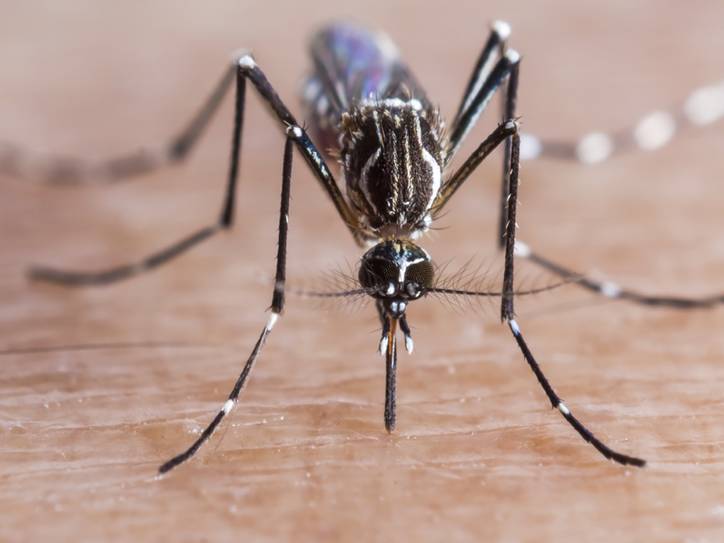Get your Free WALS for Container Mosquito Management Kit
Zika: Declared a Public Health Emergency of International Concern by the World Health Organization (WHO) in February of 2016, Zika is an infectious virus from the species Flavivirus and the Flaviviridae family, the same family that produces Dengue and West Nile virus. With symptoms of rash, red eyes, fever, and muscle soreness, the vector-borne illness was elevated to a global health emergency due to the effect on babies in utero of an infected mother: microcephaly and Guillain-Barré syndrome. Microcephaly is a condition that causes a baby to be born with an unusually small head and Guillain-Barré is a condition that causes the immune system to attack the peripheral nervous system.

The virus was first isolated from a captive rhesus monkey in from the Zika Forest in Uganda in 1947 and the first confirmed human infections were in 1952 in Uganda and Tanzania. Over the course of the next several decades, the virus spread from Africa to Asia and on to French Polynesia. Limited attention was given to the virus until it recently arrived in Brazil. The virus was thought to be harmless until October 2015 when researchers reported seeing unusually high rates of neurological disorders in Brazilian newborns where babies were born with unusually small heads.
In April of 2016, the Centers for Disease Control (CDC) confirmed the link between Zika virus and other severe fetal brain defects and issued travel warnings for pregnant women traveling to Brazil. In September of 2016, locally acquired cases of the virus occurred in Florida and the CDC released a warning for pregnant women to avoid the greater Miami-Dade area.
Mosquito control still remains the best method to combat this virus.
Vector insects
Zika is spread by container mosquitoes, most notably Aedes aegypti and, to a lesser extent, Aedes albopictus. The same mosquito breeds are responsible for the spread of dengue which allows the case studies done on the spread of dengue to provide researchers reliable data by which future Aedes-borne diseases can be predicted.
Links to Vector distribution and habitats
Links to suggested vector-control solutions
WALS Resources
Biorational Product Options
Technical Documents
Links
Videos
Quick Links
Contact a Valent BioSciences public health representative.
Contact Us